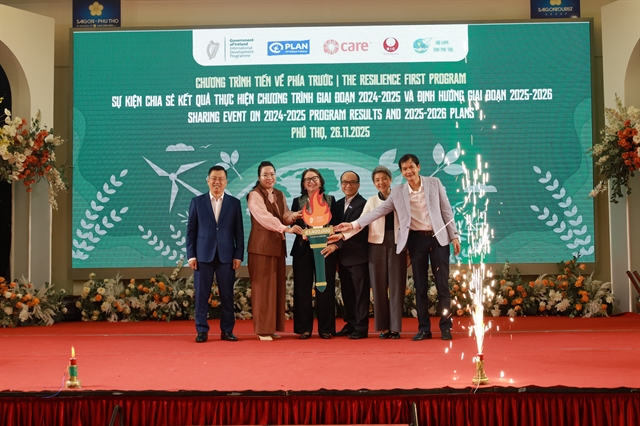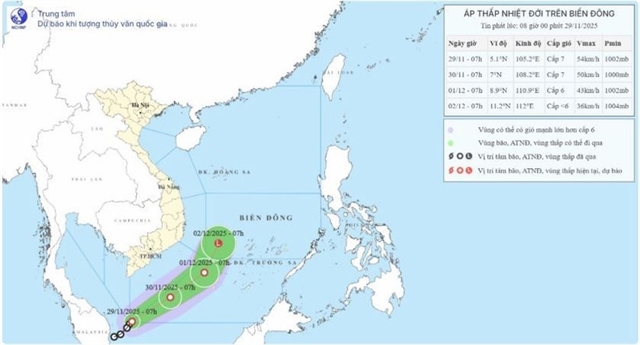 Society
Society

The Central Rural Power Project Management Board--in co-operation with the HCM City-based SolarBK company--will start construction of a solar power system on An Bình islet of Lý Sơn Island next month.
 |
| An Bình Islet, 30km off the coast of Quảng Ngãi Province, will start construction of a solar power system next month. — VNS Photo Công Thành |
QUẢNG NGÃI — The Central Rural Power Project Management Board--in co-operation with the HCM City-based SolarBK company--will start construction of a solar power system on An Bình Islet of Lý Sơn Island next month.
Đoàn Yên, director of Lý Sơn Power sub-department, told Việt Nam News on May 15 that the solar system, with a capacity of the 96 kWp (kilowatt peak for a solar module), will supply power 24 hours a day for 400 islanders living in An Bình Islet.
Yên said the renewable energy will provide enough power for islanders’ consumption from the third quarter of this year.
He said each household will have access to ‘clean and green’ power for lamps, TV sets or battery chargers within 24 hours.
Yên said the renewable energy will fill the area’s power void; for years, residents have only been able to use power 12 hours a day from two diesel-driven generators.
The solar power system, which will be built with an investment of VNĐ10 billion (US$442,000), will generate around 166kWh of electricity and reduce 93 tonnes of carbon emissions each year.
The 1sq.km Islet, three miles off the main Lý Sơn Island, is home to 400 fishermen and farmers of garlic and onions.
As scheduled, the solar power system will be completed this September before operation in October. According to SolarBK, the company plans to build up a solar power system for operation of the 2012-built seawater desalination station in the islet.
The company also helps to build a monitoring system, SSOC (Solar System Operation Centre), that aims to monitor a combined solar power and diesel power network for better use on the An Binh Islet.
SolarBK has built a lighting project for Trường Sa (Spratly) Islands and seawater desalination stations in Song Tử Island, island communes of Sơn Chà in Thừa Thiên-Huế Province, Mê Island in Thanh Hóa Province and Trần Island of Quảng Ninh Province.
An Binh Islet, which used fresh water from a 2012-built desalination station with funding from the South Korean heavy industry group Doosan Vina, has limited operation due to a continued, years-long lack of power. — VNS




